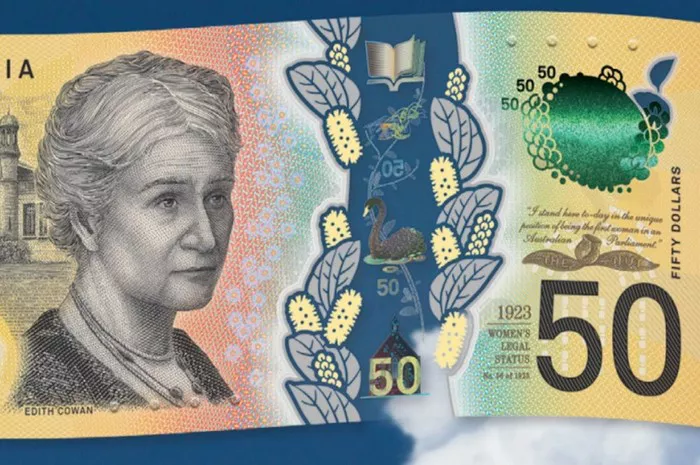Australia, renowned for its economic resilience and robust financial system, has long been considered a stable and prosperous nation. One key indicator of a nation’s economic health is the stability of its currency. In this article, we delve into the factors that contribute to the stability of the Australian currency, examining historical trends, policy measures, and external influences.
Historical Stability:
Australia’s currency, the Australian Dollar (AUD), has a history marked by relative stability. Since the country abandoned the fixed exchange rate system in 1983, opting for a floating exchange rate, the AUD has exhibited a controlled and adaptive response to economic changes. The Reserve Bank of Australia (RBA) plays a pivotal role in maintaining stability, utilizing monetary policy tools to manage inflation and promote economic growth.
Inflation Control:
One of the primary factors contributing to currency stability is the RBA’s commitment to controlling inflation. Through its monetary policy, the RBA aims to maintain an inflation target of 2-3%. By keeping inflation within this range, the central bank ensures that the purchasing power of the Australian Dollar remains relatively constant over time. This stability fosters confidence among businesses, investors, and consumers, supporting a healthy and predictable economic environment.
Interest Rates and Monetary Policy:
The RBA employs interest rate adjustments as a crucial tool to influence economic conditions. In times of economic expansion, the central bank may raise interest rates to cool down excessive growth and curb inflationary pressures. Conversely, during economic downturns, the RBA may lower interest rates to stimulate spending and investment. These carefully calibrated adjustments help maintain equilibrium in the economy and contribute to the stability of the Australian currency.
Trade Balance and External Factors:
Australia’s economic stability is closely tied to its trade relationships, making external factors significant contributors to currency stability. The country’s reliance on exports, particularly in sectors such as mining and agriculture, exposes the AUD to global market fluctuations. However, Australia’s diverse export base and established trade partnerships provide a degree of resilience against external shocks.
The terms of trade, reflecting the ratio of export prices to import prices, play a crucial role in determining the external value of the Australian Dollar. Periods of favorable terms of trade contribute positively to the stability of the currency, as increased export revenues strengthen the nation’s economic fundamentals.
Global Economic Conditions:
Australia’s currency stability is not only influenced by domestic factors but also by global economic conditions. The interconnectedness of the world economy means that events in major economic hubs can have a ripple effect on the AUD. Geopolitical tensions, global financial crises, and fluctuations in commodity prices can impact the Australian currency. However, Australia’s strong institutions and sound economic policies have historically enabled it to weather external shocks, mitigating the impact on currency stability.
Reserve Currency Status:
While the Australian Dollar is not a global reserve currency like the US Dollar or the Euro, its status as a freely traded and convertible currency contributes to its stability. The flexibility of the AUD allows for efficient international trade and investment, fostering confidence among foreign investors and trading partners. The Reserve Bank of Australia’s commitment to maintaining a freely floating exchange rate reinforces the attractiveness of the Australian Dollar in the global market.
Government Fiscal Policy:
In addition to the RBA’s monetary policy, the Australian government’s fiscal policy plays a crucial role in supporting currency stability. Responsible fiscal management, including prudent budgeting and debt control, contributes to overall economic stability. The government’s commitment to maintaining a sustainable fiscal position provides a solid foundation for the stability of the Australian currency.
Conclusion:
In conclusion, the stability of the Australian currency is the result of a combination of factors, including effective monetary and fiscal policies, controlled inflation, and resilience to external influences. Australia’s commitment to maintaining economic stability has positioned the Australian Dollar as a reliable and trusted currency in the global market. While challenges may arise, the nation’s adaptive policies and robust institutions continue to underpin the stability of the Australian currency, contributing to the overall economic well-being of the country.


